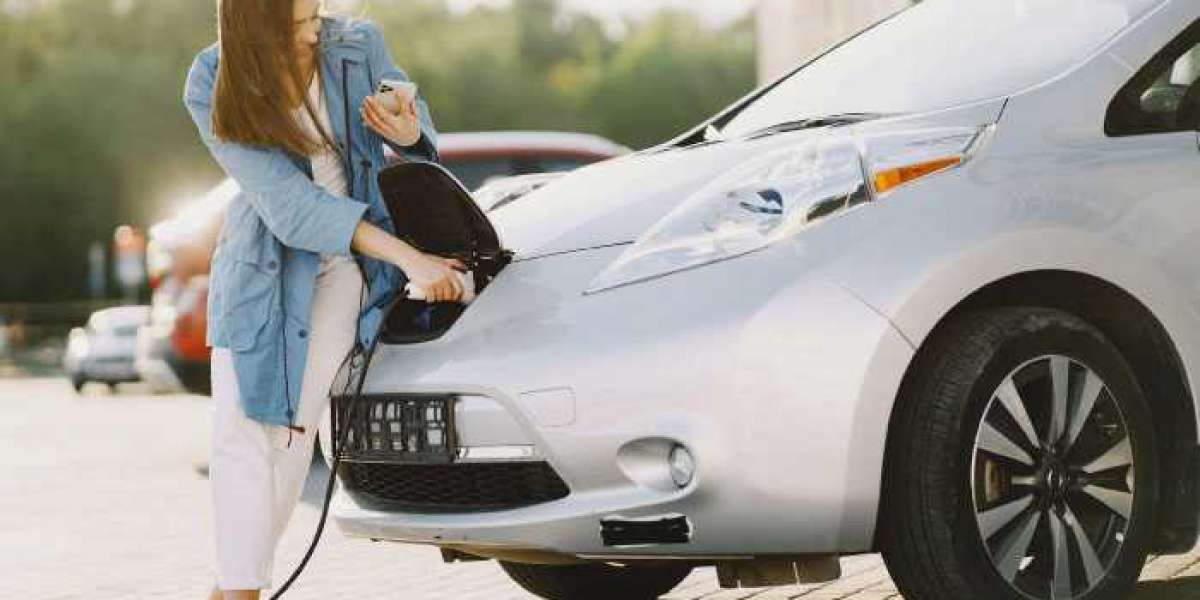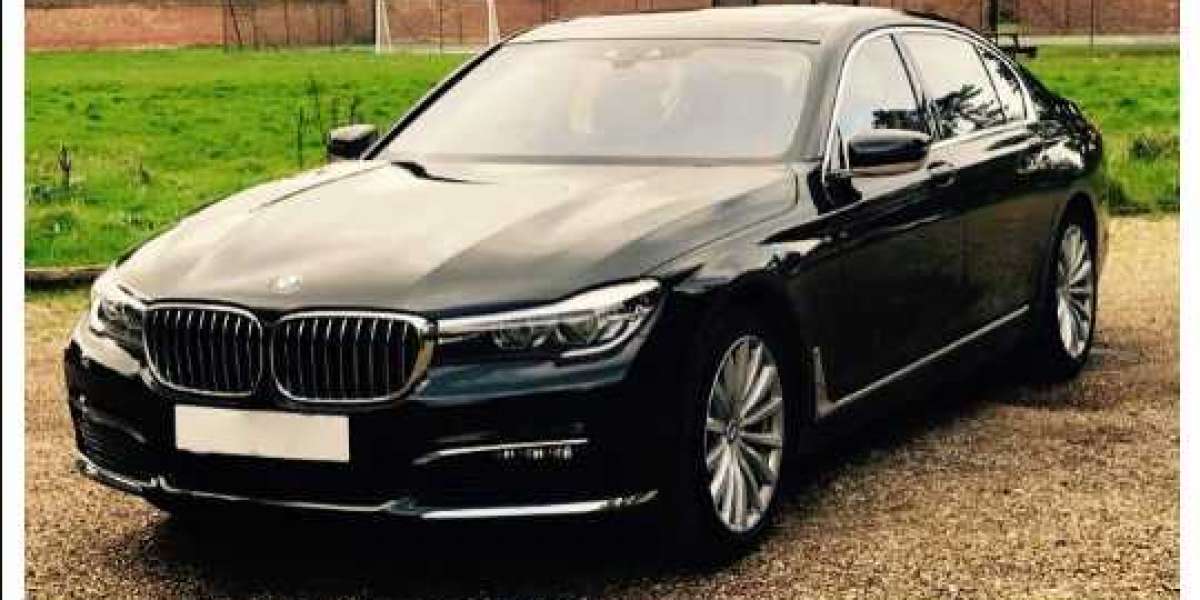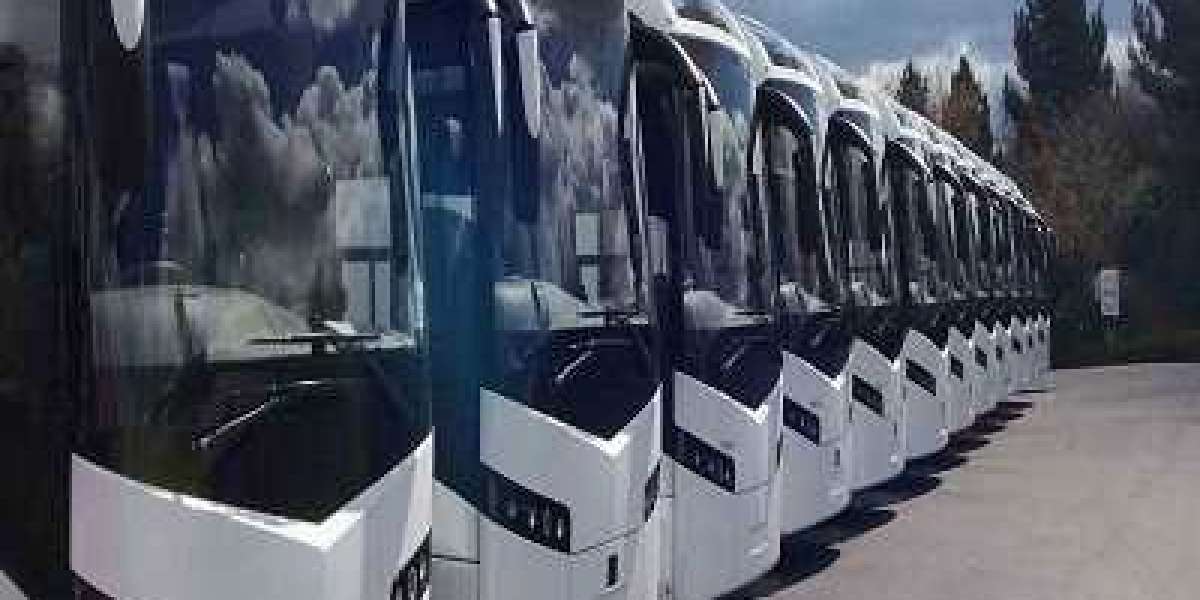Electric vehicles require completely different engine fluids than traditional internal combustion engines. Traditional lubricants are not an option for EVs, as they can post multiple problems starting from viscosity-related complications to corrosion of other elements of the EV design, all of which will seriously compromise the performance and longevity of the vehicle. The electric vehicle fluid is designed to effectively and efficiently meet a broad range of performance requirements and is engineered specifically for the high-tech powertrains of electrified vehicles. Electric vehicle fluids are not only essential for lubricating and cooling powertrains and transmission systems but they are also needed to stabilize the temperature of the vehicle's battery and power electronics. The heat transfer fluid is used to stabilize the temperature of the EV battery whereas E-grease is designed to counter noise, vibration, and harness (NVH) levels within the electric vehicles. The electric vehicle fluids help in the reduction of energy losses in the drivetrain system and the enhancement of EV Transmission efficiency. Electric vehicle fluids offer insulation to stop any arcing due to close contact with the electrical components of the vehicle. They help in cooling e-motors and gears and provide insulation to electric current, along with extending the lifetime of each electric motor part, and the mileage of EVs by improving machine efficiency.
According to the report title “Global Electric Vehicle Fluid Market Outlook, 2027”, published by Bonafide Research electric vehicle fluid market is anticipated to grow at a CAGR of more than 25% in value terms in the forecast period. There are various types of e-fluid are present in the market for different E-mobility. The fluid market is segregated into four major types of products i.e. Grease, Brake fluid, Heat transfer fluid and Drive system fluid. Drive system fluid and heat transfer fluid are used in battery electric vehicles and plug-in hybrid electric vehicles. The heat transfer fluid segment is leading the market with more than 80% of the value market share and is likely to capture a higher market share in the forecast period. The early adoption has been taken place in passenger cars and electric vehicle fluid market has a major contribution from this segment which is anticipated to lead the with more than 80% market share by 2027. On the other hand, the commercial vehicle segment including public transport such as EV buses and trucks is expected to have increased market growth during the forecast period.
The Asia-Pacific region is dominating the market with more than 45% value market share. In the region, the government has introduced industry incentive that is focused on vehicle manufacturers, battery fluid producers and ancillary companies to encourage the production of electric vehicle and component parts of the electric vehicle value chain. In line with Paris agreement in 2015, The European region aims to be carbon emission neutral by 2050. By 2030, electric vehicle production is expected to reach 50% of overall vehicle production in Europe. Europe government has initiated various policies such as Directive 2014/94/EU, European battery alliance, Charge everywhere, Wireless charging for electric vehicles etc.
The oil rich middle east is the source of the fossil fuel that still power most cars, is switching to EVs. Tesla’s entry into the Middle East electric vehicle market rattled the automotive industry with its all-electric range of vehicles. In 2017, 200 Tesla EVs has been introduced by the Dubai Taxi Corporation and the Emirate’s ambition is to have 25% of trips in its area affected by self-driving vehicles by 2030. According to the new directive, government organisations in Dubai are required to increase the percentage of hybrid and electric vehicles to at least 10% of their overall annual procurement of vehicles until the end of 2024. This percentage will increase to 20% from 2025 to the end of 2029 and 30% from 2030 onwards. Additionally, the region provides advantages to EV drivers by exempting EVs from charging fees and parking fees. The neighbouring Emirate of Sharjah has ordered 50 semi-electric trucks from Tesla to add to its waste management fleet by the end of 2020 and the country offers free charging to EV owners until 2025. In Saudi Arabia, 5% of its parking spaces are to be designated solely for the use of EVs. In several Middle Eastern countries, the respective governments are concentrating on renewable energy, clean transportation technologies, the implementation of economic and energy diversification plans. Electric vehicles remain rare in most of Africa, the probability of finding one is about one in a million. In South Africa, which is thought to be the largest EV market on the continent, only above 1,500 out of more than 16 million vehicles on its roads are EVs. The slow adoption of EVs in Africa faces infrastructural challenges like weak electricity grids, bad roads and lack of public E-chargers.
China is leading the EV fluid market with more than 25% of the market share followed by the United States of America. In China, rising government initiatives to provide subsidies for electric vehicles and rapid penetration of electric vehicles into the automotive industry are responsible for increasing market growth. Further, the USA is the third-largest market worldwide for e-mobility. Many industries present in the United States of America have announced their goal to have 40% to 50% production of electric vehicles and essential fluids by 2030. India will continue to be a large market of interest. In 2015, the Indian government adopted the Faster Adoption and Manufacturing of Hybrid and EV (FAME) scheme with an outlay of USD 130 million, which provided subsidies for electric 2- and 3-wheelers, hybrid and e-cars and buses. Subsequently in the year 2019, FAME II policies were announced by the Indian government to generate demand by way of supporting 7000 e-Buses, 5 lakh e-3 Wheelers, 55000 e-4 Wheeler Passenger Cars (including Strong Hybrid) and 10 lakh e-2 Wheelers In the personal mobility space. The ultimate objective of this scheme was to promote cleaner mobility solutions and financial incentives for enhancing electric vehicle production and the creation of sustainable transport solutions.




Emmanuel Arthur 3 w
good